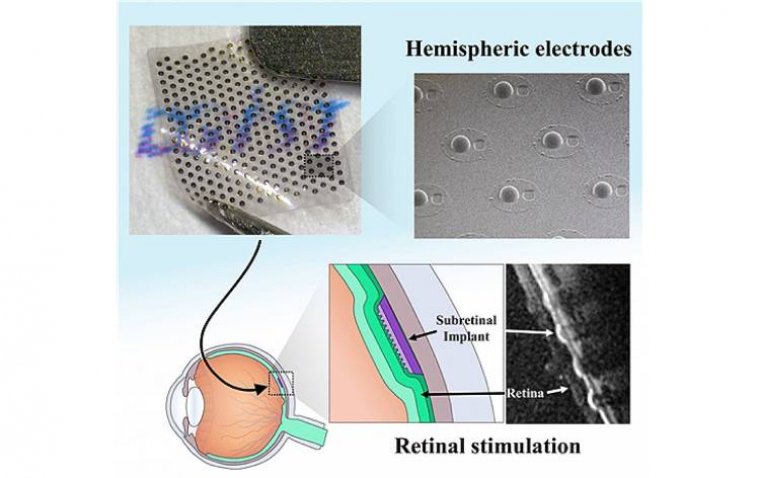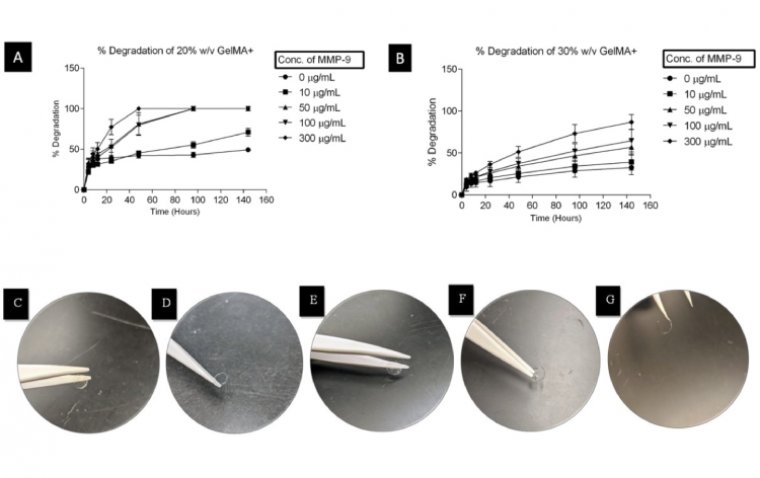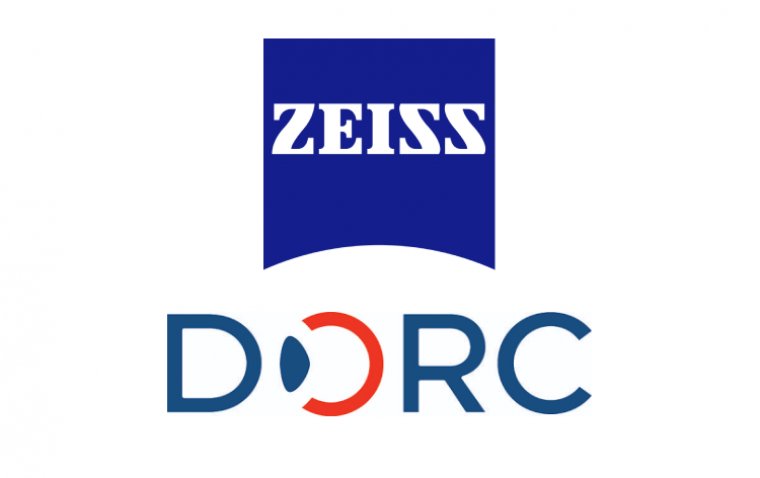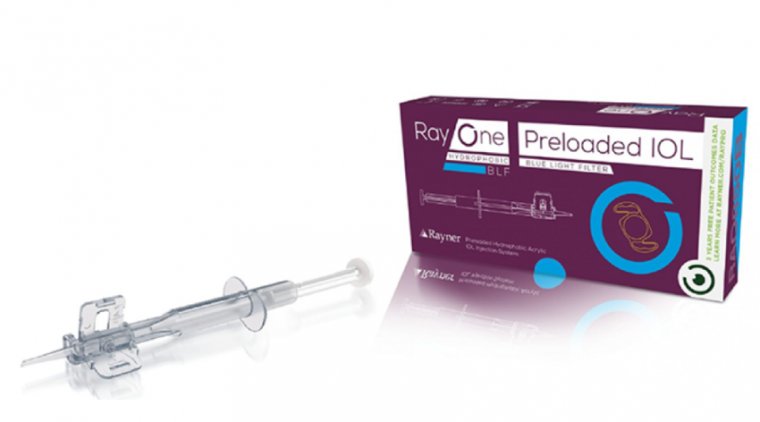
Innovative 3D Retinal Electrodes Developed to Restore Vision in Blind Patients
A groundbreaking study led by Professor Sohee Kim from the Department of Robotics and Mechatronics Engineering at the Daegu Gyeongbuk Institute of Science & Technology has led to the development of three-dimensional retinal electrodes. These electrodes, designed to resemble convex Braille, are set to revolutionize treatments for blindness by stimulating the remaining healthy nerve cells in the retina.
The research findings were published on March 24 in Advanced Materials Technologies.
Addressing Blindness through Advanced Technology
Blindness often results from the damage to photoreceptor cells in the retina, a condition common in diseases like diabetic retinopathy and macular degeneration. These photoreceptors are crucial as they convert light information into electrical signals that travel to the brain. Once damaged, these cells cannot be repaired, leading to decreased vision or complete blindness.
Retinal implants are medical devices designed to restore vision. They work by replacing the damaged photoreceptors and transmitting electrical signals to the normal nerve cells in the retina, allowing these signals to reach the brain via the optic nerve.
The Challenge with Traditional Retinal Implants
Traditional retinal implants typically use simple two-dimensional electrodes, which struggle to adhere properly to cells. Additionally, some three-dimensional electrodes developed by various research groups can be problematic due to their pointed needle-like or angled shapes, which can damage the healthy cells they are meant to assist.
Breakthrough with Braille-Shaped 3D Electrodes
Professor Kim’s team has innovatively created three-dimensional electrodes that take on a convex Braille shape, using thin, flexible films. This design significantly enhances the efficiency of retinal implants. The rounded shape of these electrodes ensures that they do not damage the cells while minimizing the distance to these cells. This proximity reduces the electrical current needed for stimulation and prevents unwanted current leakage, making the process safer and more efficient.
Successful Experiments and Future Hopes
The research team used these Braille-shaped electrodes to stimulate the retinas of mice and primates, successfully inducing visual responses. This part of the study was particularly significant as it involved collaboration with Professor Yong-sook Goo of Chungbuk National University, a leading expert in primate retina research. Professor Goo’s experience was crucial, especially given the rarity of electrical stimulation procedures in degenerative retinas of primates.
Professor Sohee Kim stated, "We have developed a technology that allows electrodes to closely adhere along the retinal curvature to ensure a wide field of view. We hope that this retinal stimulation technology will be commercialized in Korea and help many blind patients."
This development is a significant step forward in the field of medical engineering and offers new hope for patients suffering from blindness due to retinal photoreceptor damage.
Reference
Namju Kim et al, Double‐Sided, Thin‐Film Microelectrode Array with Hemispheric Electrodes for Subretinal Stimulation, Advanced Materials Technologies (2024). DOI: 10.1002/admt.202302155
*Stay in the loop and make sure not to miss real-time breaking news about ophthalmology. Join our community by subscribing to OBN newsletter now, and get weekly updates.
(1).jpg)










